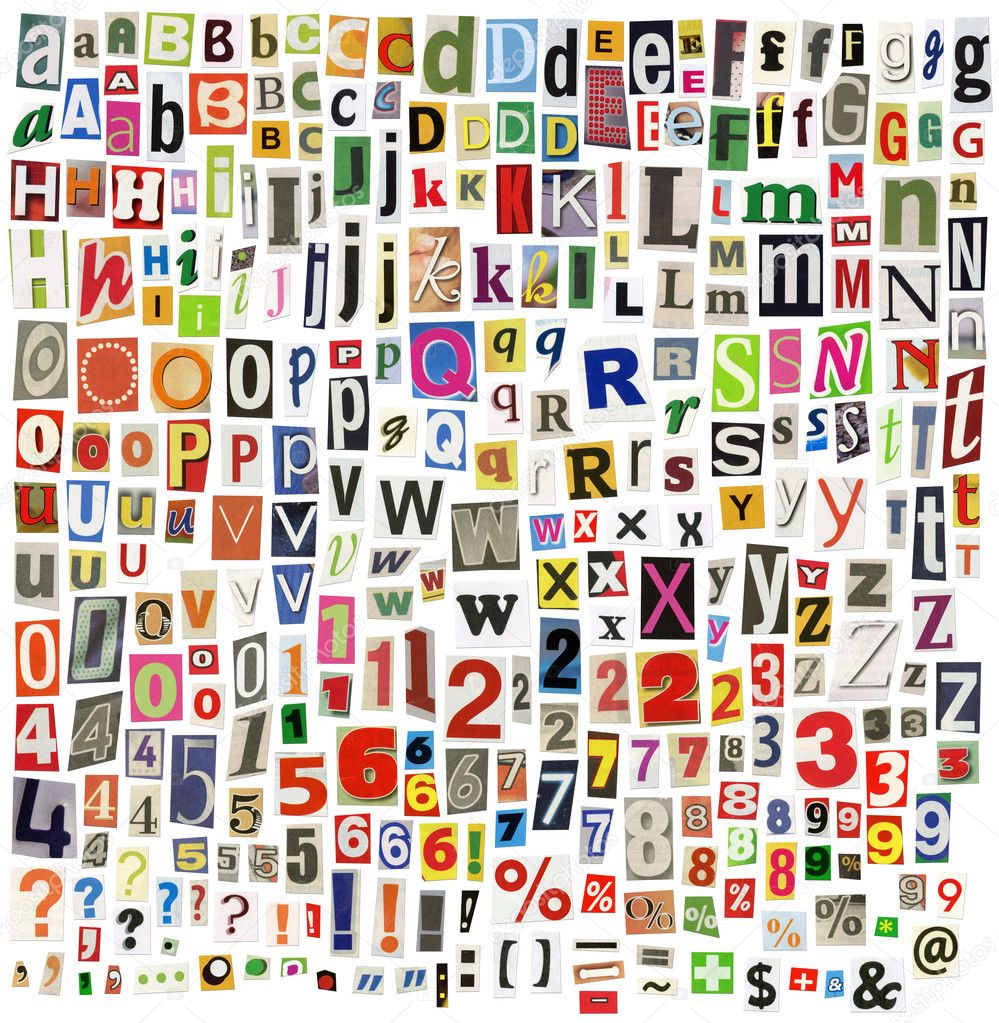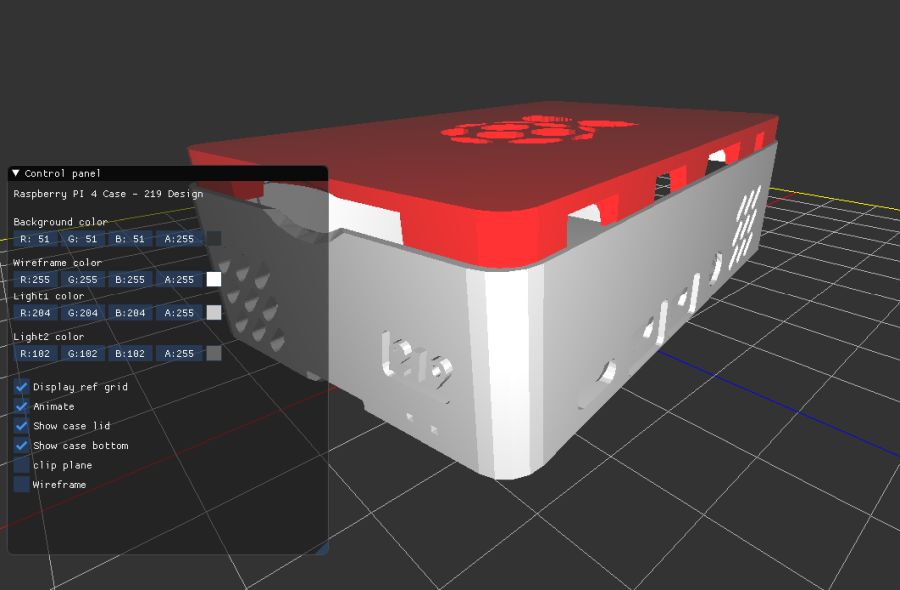

When building the initial Text implementation in Compose, the behavior was aligned with TextView’s behavior, adding font padding by default in Compose’s TextLayout. Always make sure to test your View-based UI against various API levels. Multiple parameters allow you to modify font padding in a TextView, they can interact in complex ways, and behavior might vary between API levels. Until your minSdk is 33, you still need to set includeFontPadding true in the View system to prevent font clipping for tall scripts.įirstBaselineToTopHeight and lastBaselineToBottomHeight in a TextView
SCRIPT DEBUGGER ADD CLIPPINGS ANDROID
Support for this has been added recently, and will come out with Android T.įrom API 33, includeFontPadding becomes redundant for TextView for the original purpose it was designed, because clipping issues will be automatically handled. For this scenario, there could still be clipping. However this feature wasn’t added to BoringLayout (text on a single line, left-to-right characters) at that time. And it prevents consecutive lines running into each other which includeFontPadding wasn’t solving. When set to true, this configuration fixes the font clipping issue even if includeFontPadding is false. Starting with devices running Android 28 and above, we added useLineSpacingFromFallbacks functionality to StaticLayout, so the ascent/descent of the text will be adjusted based on the used font instead of Roboto’s font metrics. The TextView widget is built on top of two foundational Java classes, StaticLayout and BoringLayout, and delegates into one or the other depending on the nature of the text to display on the screen.
SCRIPT DEBUGGER ADD CLIPPINGS PLUS
Usually to achieve the above result you would use a combination of setting includeFontPadding to false plus hardcoding some padding. This is where includeFontPadding was introduced, to prevent tall scripts from getting clipped, allowing you to add a top and bottom padding to the text. Throughout this article we’ll use Burmese as an example of a tall script. Clipping means that part of the glyphs (or characters) would not be entirely visible on the available draw space. This solution did not work for all fonts, as fonts with designs or “scripts” that are typically taller than Latin text were “clipped”. It decided on the amount of available space and considered this space the “safe space to draw” the text. To calculate the maximum amount of space available to draw a font, the system, up until Android 27, made these calculations using Roboto’s font metrics. Roboto is the standard typeface and the default font (or first font in the system font fallback) on the Android platform. The reasoning behind including this padding by default is historical. If you need to follow specific design guidelines, having extra padding in your text could make this harder to achieve. It might sound like having includeFontPadding configured as true by default might be the opposite of what you’d want. includeFontPadding is false to the left and true to the right. The one on the left has room to float up to be centered. They’re aligned by view height instead of text baseline. The default value is true and you can override it as follows:Ģ TextViews side by side with layout_gravity=”center_vertical” in a LinearLayout in Android API 30.

Typically, turning it on will make the first and last line taller by adding vertical padding. IncludeFontPadding is a TextView parameter that effectively controls the line height of the first and last line in a text. But not to worry! We will show you how you can start using these APIs and begin testing your text today, migrating at the pace that’s most convenient for your app. While migrating to the new APIs has plenty of benefits it could also mean slight design inconsistencies, and/or breaking changes in your automated screenshot testing. You’ll learn more about the changes we’re making to font padding which will make text rendering more fault-proof and help you implement designs easier from common designer tools like Figma or Sketch. In this blog post, we’ll dive into the details of text alignment in both the View system and in Compose.

Use LineHeightStyle API to match your designs easier.Ĭreating Jetpack Compose, our new UI toolkit, from the ground up gave us the chance to re-evaluate choices made in the past.Test your UI using includeFontPadding set to false and make any necessary adjustments.For now, includeFontPadding is true by default in Compose but it will be changed to false in the next releases of Compose, and eventually the compatibility API will be removed.Use PlatformTextStyle compatibility API from Compose 1.2.0 to configure includeFontPadding.


 0 kommentar(er)
0 kommentar(er)
